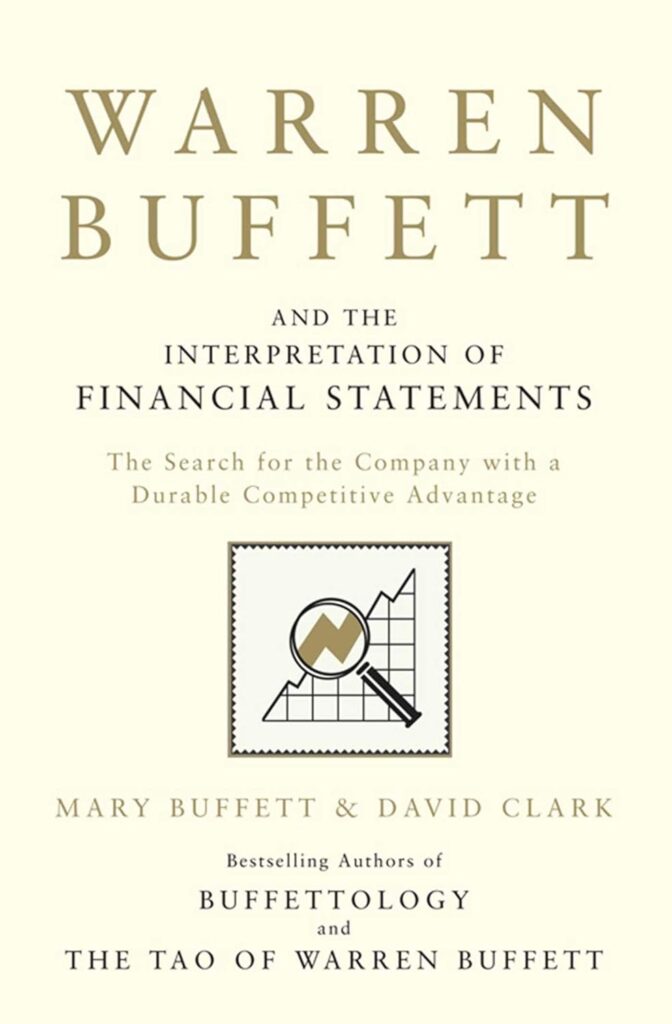Warren Buffett and the Interpretation of Financial Statements

If you have been reading legendary investor Warren Buffett’s value investment philosophy and wonder how to put two and two together, one recommended book for reading is “Warren Buffett and the Interpretation of Financial Statements” by Mary Buffett and David Clark. Written in simple and easy to understand language, the book guides you through the three financial statements of Income Statement, Balance Sheet and Cash Flow. More important, it draws attention to items that matter and explain, with examples, how Warren Buffett picks businesses and stocks with long-term competitive, durable and consistent advantage.
In the words of Mary Buffett, the book is meant to be an “easy-to-use guide to read a company’s financial statement, using the unique set of tools Warren (Buffett) had developed for uncovering these wonderfully profitable businesses”.
“A book that not only would explain what a balance sheet and income statement are, but would point out what investors should look for if, like Warren (Buffett), they are searching for a company that possesses a long-term competitive advantage,” says Mary Buffett.
The purpose of Warren Buffett and the Interpretation of Financial Statements is twofold:
(1) How to identify an exceptional company with a durable competitive advantage;
(2) How to value a company with a durable competitive advantage.
Why is understanding and interpreting financial statements vital in value investing? In the words of Warren Buffett, as quoted in the book: “You have to understand accounting and you have to understand the nuances of accounting. It’s the language of business and it’s an imperfect language, but unless you are willing to put in the effort to learn accounting – how to read and interpret financial statements – you really shouldn’t select stocks yourself.”